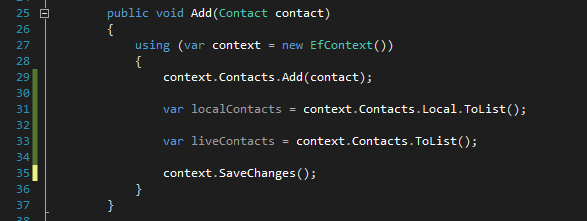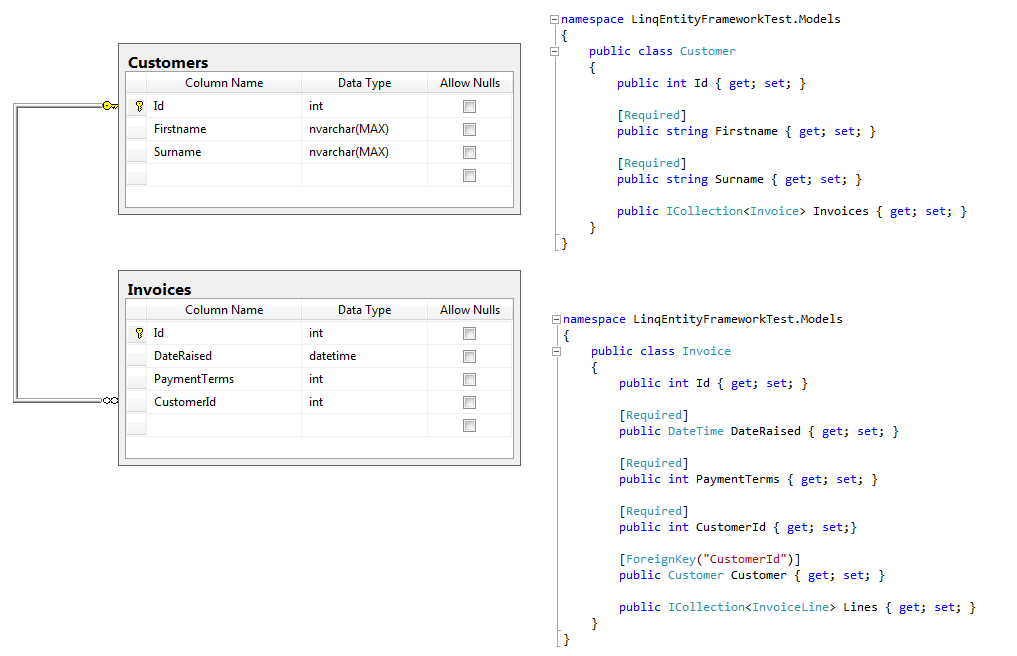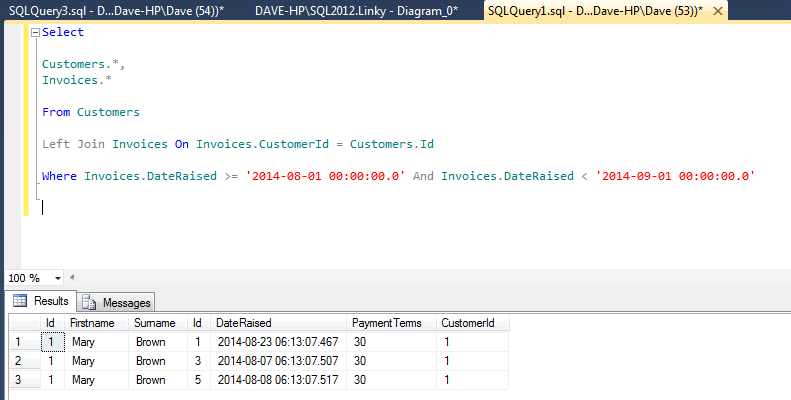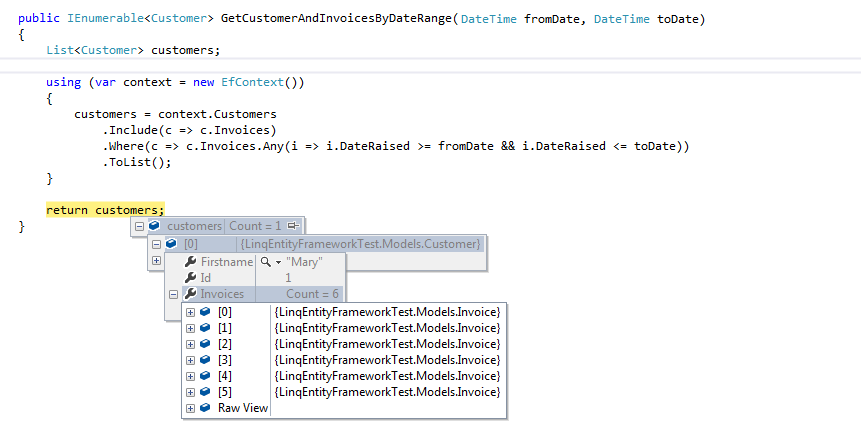I've been studying TDD for a few years and read quite a few books but none that good to be honest. Can anyone recomend any good ones. I'm not interested in BDD but am keen on anything that tackles the many problems of mocking intrinsic MVC objects.
overwraith commented: It would have been nice wouldn't it have been? +3
DaveAmour 160 Mmmmmm beer Featured Poster
DaveAmour 160 Mmmmmm beer Featured Poster
irshad398 commented: I don't have that code now. I have only database stored. +0
Slavi commented: great! :D Pretty big chess fan myself =] +6
ddanbe commented: Gee man, again great stuff! +15
ddanbe commented: Great LINQ! +15
ddanbe commented: Thanks for the advise. +15
DaveAmour 160 Mmmmmm beer Featured Poster
Mpradeep commented: thanks sir.....mr.daveAmour +0
ddanbe commented: Thanks for the "factory" code. +15
















